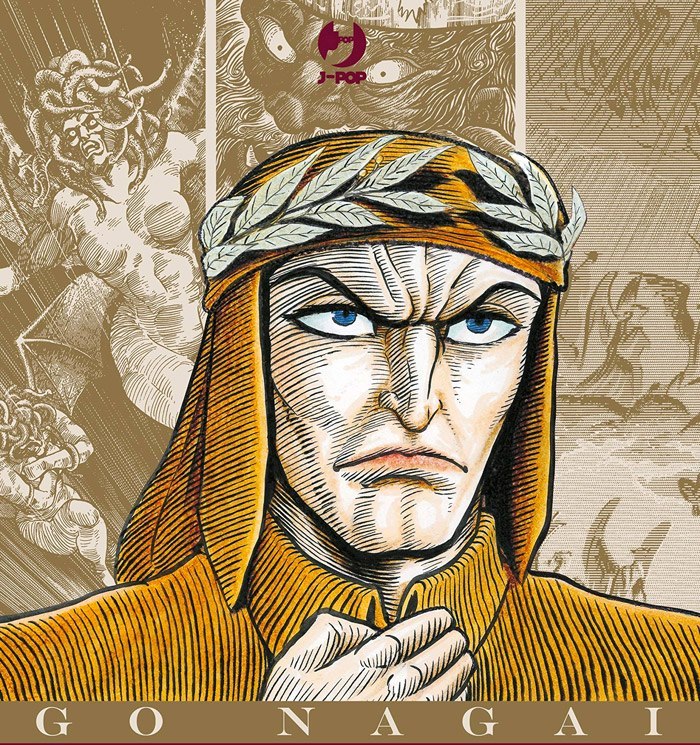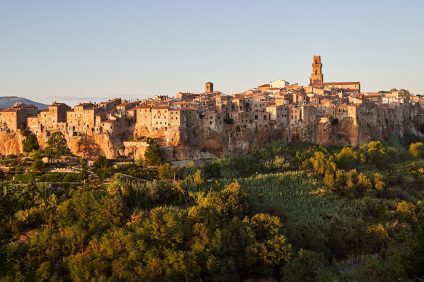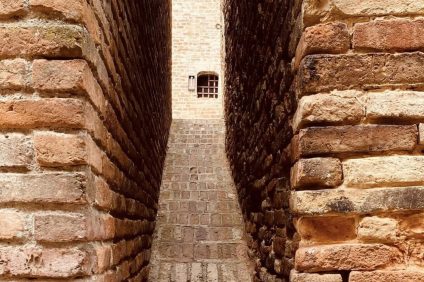The Divine Comedy by Gõ Nagai is a work based on the Comedy of the same name by Dante Alighieri. Illustrated by the well-known Japanese cartoonist and writer (born in Wajima in 1945), it was published in Japan in three volumes between 1994 and 1995. In making the drawings, the author was inspired by Gustave Doré, a painter who in the nineteenth century drew a famous edition of Dante's Commedia.
Revolutionary artist
Dante's Divine Comedy inspired Gõ Nagai from a very young age. The first two volumes, formed respectively by 251 and 249 tables, are dedicated to Hell, a place probably more similar to the author's narrative world. The third volume, which consists of 260 tables, is dedicated to Purgatory and Paradise (even less to the latter). The work was first published in Italian between 2006 and 2007. Gõ Nagai, whose real name is Kiyoshi Nagai, with his works he marked the modern history of comics. He was responsible for the introduction of eroticism in manga intended for children with "The shameless school", and that of Japanese anime (huge robots guided inside them). Among the latter, the best known to the general public remain Mazinga Z e UFO robots (Grendizer), two super heroes who have enchanted entire generations.

Influenced by Dante
Gõ Nagai was so influenced by the Divine Comedy that he never hid his almost obsessive interest in the demonic world of Dante's inspiration. His admiration for the great poet led him, in 1971, to call "Mao DanteOne of his first characters. It was actually a manga that remained incomplete, which was followed by "Devilmen”, Comic in which the figure of Dante returns. It tells of a boy troubled by terrifying nightmares who merges with a demon named Dante (in fact), only to reveal himself to be the reincarnation of the poet. With his illustrations, appreciated all over the world, Nagai has contributed to bringing the complex universe of Dante to the attention of a wide public, making manga readers from all over the world passionate about the Comedy and the figure of the Florentine poet.
Nagai's Hell
In the Divine Comedy by Gõ Nagai the dark forest is placed by the illustrator at the foot of the Florence Cathedral. In it, the author neglects some elements to the advantage of others, based on his preferences. In particular, he dedicates more space to Hell: two thirds of the comic. In this first place of the afterlife, inhabited by damned souls, where Lucifer reigns, the images are crude and violent as well as those narrated by Dante Alighieri.

Artistic expression and disgressions
Gõ Nagai, in drawing Hell, not only reaches his maximum artistic expression, but allows himself to disgrace the life of the great poet. He does this, for example, in illustrating his condition as an exile on the run and, above all, in representing his relationship with Beatrice (Dante's muse, so beautiful and pure that she is presented by him as "angelicata"), who imagines more physical than it really was. The latter, in its various appearances, appears to be enveloped by an ethereal aura, but at the same time charged with sensuality. In Nagai's illustrations, then, the horrifying trait prevails when the author represents the demons and the sins suffered by sinners. His original version of the Divine Comedy is certainly fascinating, a worthy homage to the great poet, whose death occurred 700 years ago in Ravenna, where he is still buried.
(Photo: Gõ Nagai World, Facebook page)





